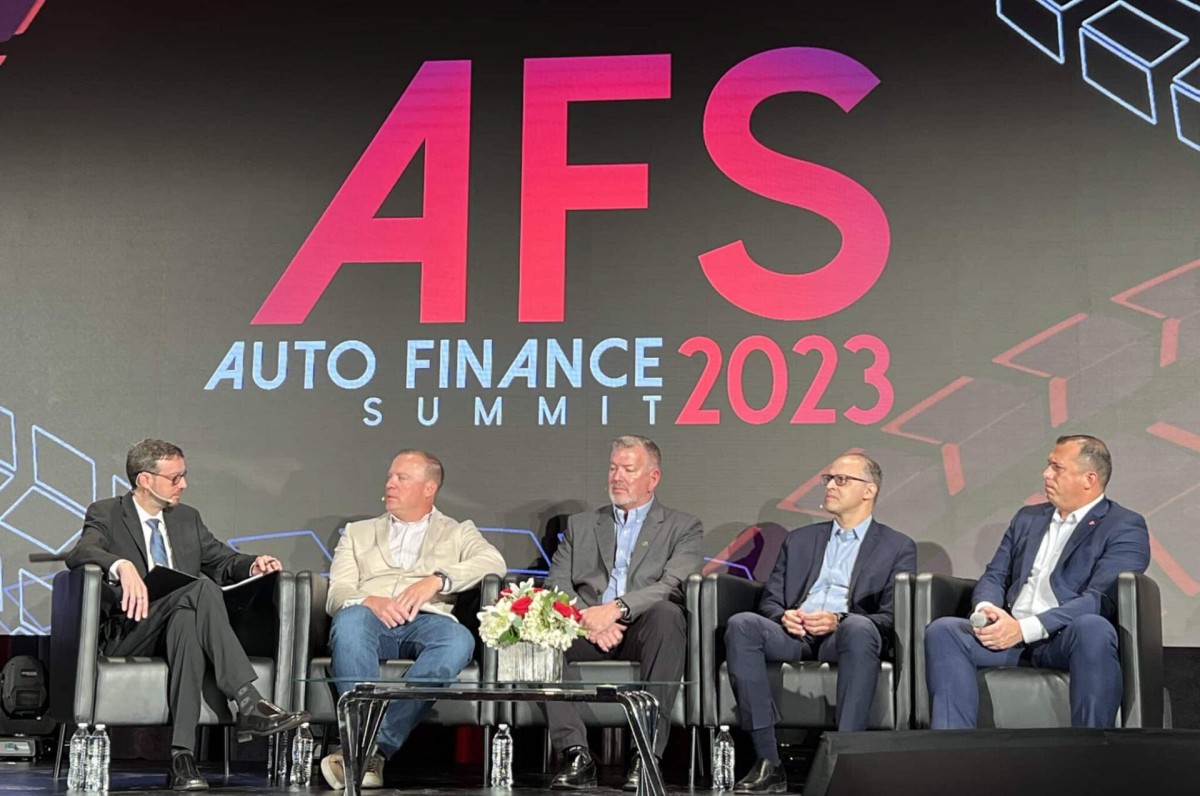One of the things I enjoyed about my sojourn in powersports was comparing practices with automotive retail. The most intriguing is a convergence of facts that suggest inventory management should be centralized:
- Multiple new franchises in the same rooftop.
- Many units arrive in a crate and require assembly.
- Limited space, in the showroom and in the shop.
- Inconsistent VIN decoding.
I’ll explain each of these, showing how powersports is different from automotive (and more like Dick’s) when it comes to inventory management. Then, I’ll briefly describe how such a setup might operate.
Powersports is Different from Automotive
Unlike an auto group, where stores are segregated by their OEM franchise, stores in a powersports group have much the same make/model mix. My local dealer sells Kawasaki, Polaris, Can-Am, and Yamaha – as they all do.
My favorite allocation model is not “you’ve sold all your Razors and Mavericks, so you get more.”
This means it’s possible to consolidate intake for the group, and allocate distribution based on real-time results. My favorite allocation model is not, “you’ve sold all your Razors and Mavericks, so you get more.” Stores must equally share the slow movers, too, so a bundled restock model is better.
Powersports stores are often small and crowded. They’re much more exciting than car stores, bursting with vehicles and accessories, with the colors and signage of multiple manufacturers. Keeping extra inventory offsite, in cheaper space, makes good sense.
Service is also space constrained, which means that building new units must often compete for bays (and techs) with repair and maintenance for customer vehicles. New build can be delegated to the warehouse, along with recon and custom build. Centralizing this work allows more efficient scheduling.
Centralizing intake also means cleaner model data for planning and analysis. In automotive, we take for granted that we always know the model and trim. In powersports, not so much. If you have multiple people receiving inventory in multiple stores, there can be a lot of variability.
Distribution Center Operation
Let’s follow some inventory through the distro, and highlight why this is a good idea. We start with new unit intake, where we have a central point to reconcile orders, schedule new unit build, and deal with freight damage. It’s also physically easier to handle freight trucks at a warehouse.
If you’re running an enterprise inventory system, enter data to it first and push to the DMS.
This is a central point to enter units into your store level DMS. If you’re running an enterprise inventory system, which I recommend, enter to it in parallel. Or, better yet, enter to it first and push to the DMS. The inventory system can prioritize build requests, track which stores are getting which units, and notify them.
Over in the shop, we are of course building new units but also accessorizing and building customized units, which may be from new or used inventory. There is good margin to be made here. The shop also centralizes recon work for trade units, which are backhauled from the delivery runs.
This is a control point for whether the recon pencils versus going to auction. Here again, the inventory system, operating “above” the store level DMS, helps route trade units back to their stores. It should interface with your logistics system.
An Expensive Proposition
So, it’s a good idea. On the other hand, let’s be honest about the costs:
- Cost of renting and operating the warehouse.
- Cost of running the logistics operation.
- Opportunity cost of inventory sitting in the warehouse.
The cost benefit analysis comes down to how many stores are in the group, and how close they are to the warehouse. The rent can be offset against the cost of floorspace in a retail zone. Ditto for the opportunity cost, if this is inventory you were going to keep in the stores anyway. Also, we assume that the group is doing some kind of centralized order consolidation.
As for logistics, I’ve had good luck with Samsara. You probably have some trucks operating already, picking up used units, service units, or just redistributing inventory. Hell, if you want to go full digital retail, you can offer home delivery out of the warehouse – although this is not recommended. That’s another subtle way powersports is different.







